Those of you who have never laid eyes on a Morgan fly rod should really look them up. They are beauties. It's obvious that every detail is carefully labored over.
To me, Tom is best known as a designer of fly rods. Through the years he has invented & re-invented many rod tapers in order to see what can be done with a fly rod. Obviously he has a never ending list of questions he's spent his life answering. Because of his designs we fellow rod makers have been able to see what works & how rod tapers function when certain tapers are designed for specific applications. This alone makes Mr. Morgan's contributions to the sport extremely valuable.
Tom's life story is fascinating & inspirational to say the least. It's the kind of up-lifting story we all need to hear from time to time. What makes his story even more real to me is that it's not all the just the positive. Everyday Tom deals with challenges most of us can't even imagine. It's the fact that he still produces the quality fly rods that come out of his shop that is truly amazing.
A while back a friend sent me an article ESPN published about Tom Morgan. It is a very detailed, in depth look at this interesting man & his rods. I thought I'd share it with you here, as it's worth your time to read. You can read the article HERE.


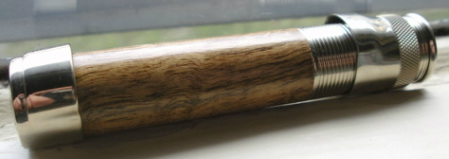
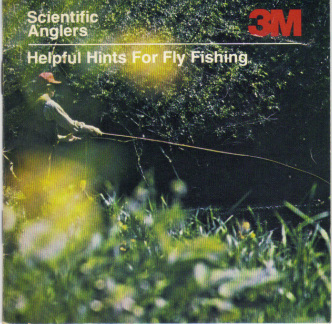
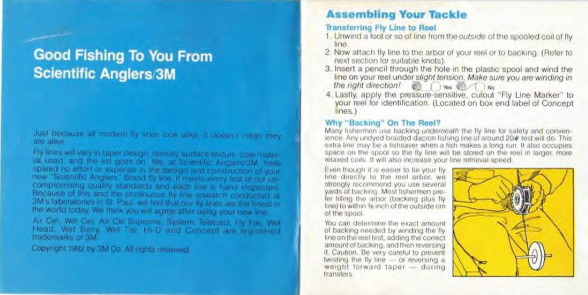
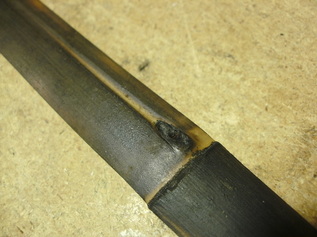
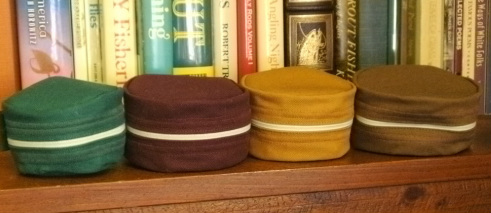
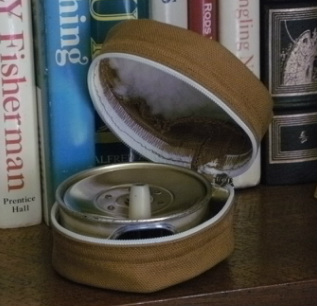
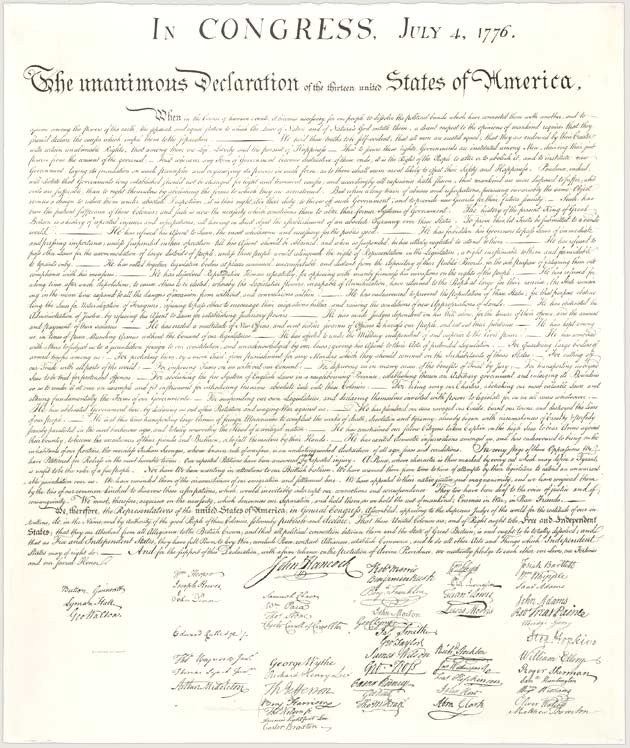

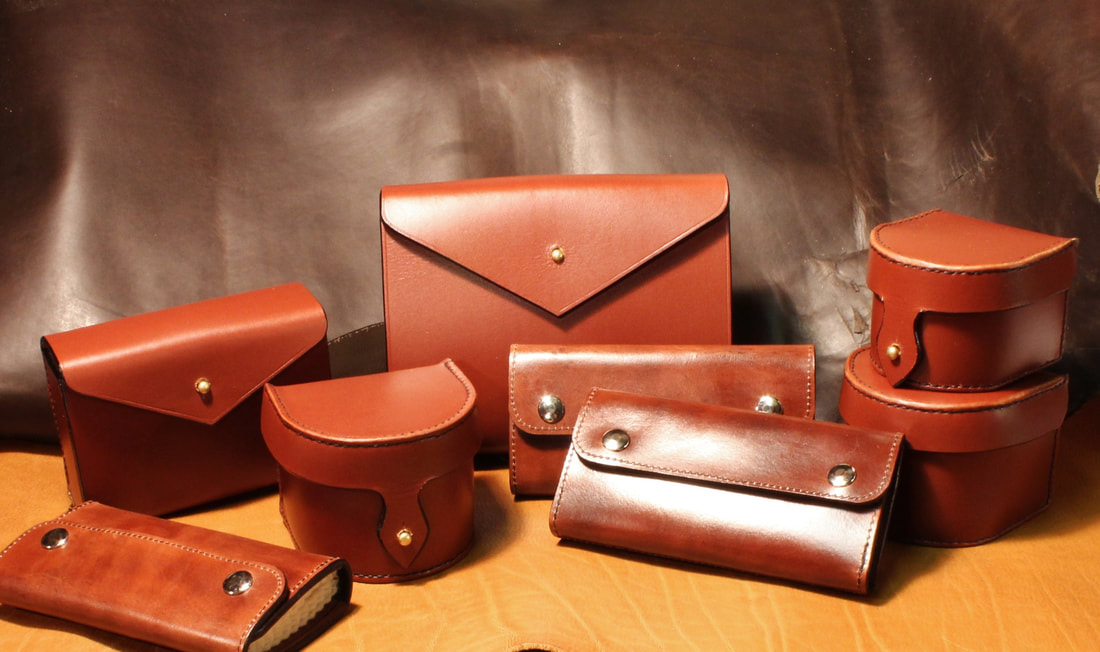

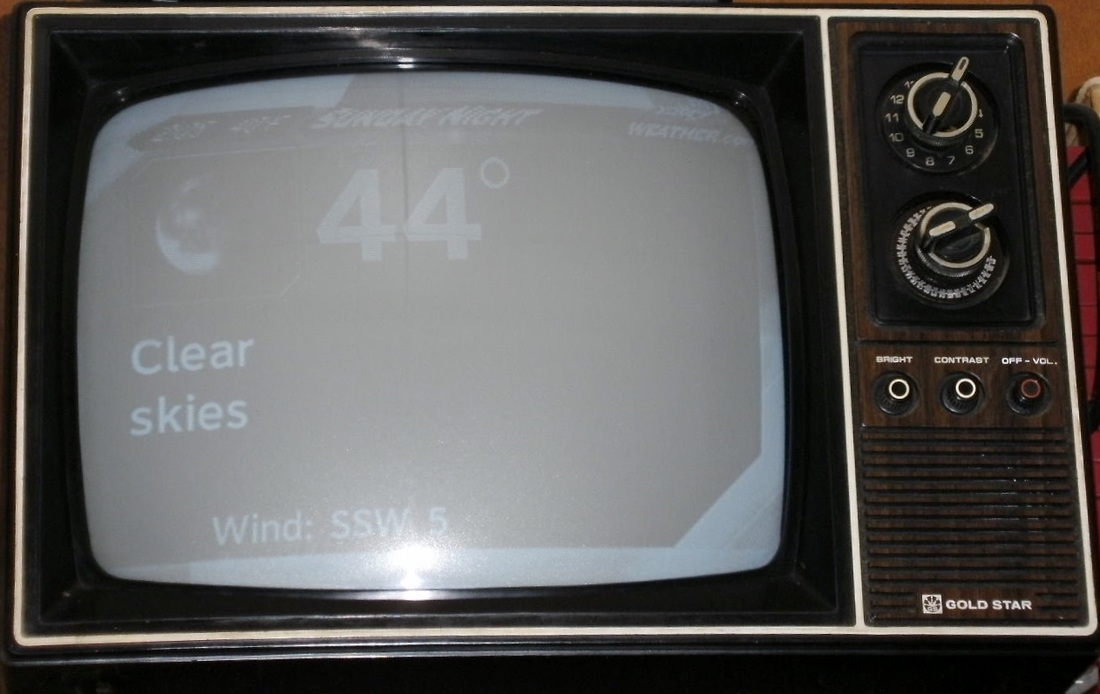
 RSS Feed
RSS Feed
